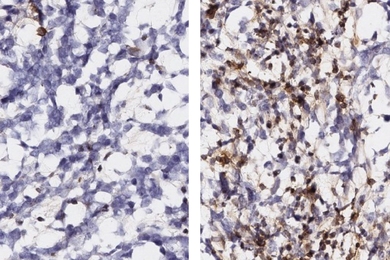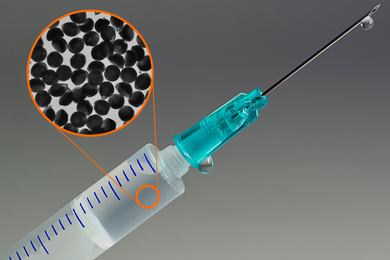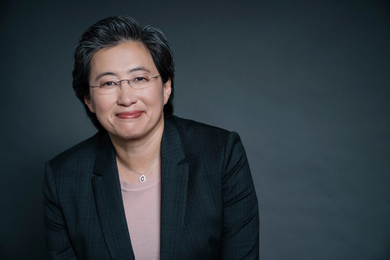A 19-year-old University of Rochester student, a volunteer subject in a study of the role of airborne chemicals in lung cancer, died March 31, two days after she underwent a bronchoscopy at the University of Rochester Medical Center. The experiment, and its laboratory aspects, are centered at MIT.
The president of the University of Rochester, Thomas H. Jackson, said the "particularly tragic" death of Hoiyan (Nicole) Wan of New York City "occurred following her willing participation in support of one of the basic missions of the University-research that will enable individuals to live better lives."
Mr. Jackson said the university's inquiry showed that her death apparently involved "an unusually high dosage of lidocaine. high enough to be potentially fatal." Lidocaine is a topical anesthetic applied inside the throat to suppress the gag reflex induced by the procedure, in which a flexible fiber optic bronchoscope is used to obtain brush biopsies from tissue in the lower lobe of the lungs.
The cause of death has not yet been determined, pending the examination and report of the county medical examiner.
The University of Rochester, the clinical site for the bronchoscopies, was part of the research project which is based at MIT under principal investigator Professor William G. Thilly, director of the Center for Environmental Health Sciences. The University of Rochester and MIT have suspended the bronchoscopies until further notice, although laboratory work analyzing tissue may continue at MIT and two other centers.
Professor Thilly called the death of Hoiyan Wan "a tragic loss."
"I'm devastated by the news," he said in a statement MIT gave to reporters in Boston after learning of Ms. Wan's death.
"I volunteered myself for these studies and, had my daughter volunteered, I would have approved her civic consciousness. I want to express my profound condolences to the family of Ms. Wan," Professor Thilly said. He attended the funeral in New York on Tuesday.
The research into how environmental air quality may affect lung cancer was begun in July 1994 under a grant to MIT from the National Institute of Environmental Health Sciences.
Professor Thilly said the study seeks to determine the chemicals principally responsible for the mutagenicity of environmental air samples.
Ms. Wan underwent the bronchoscopy on Friday, March 29. Following the medical center's customary practice for a bronchoscopy, Ms. Wan, a nursing student, remained there under observation for about 90 minutes. She left for her apartment with a friend. About a half-hour later, she began having trouble breathing and was taken to the medical center emergency room. She died Sunday, March 31.
The bronchoscopy, which took about 20 minutes, was performed by a team that included two physicians and two technical support staff. The lung procedure is performed each year at the medical center on about 200 patients and 50 healthy volunteers, many of them students, and carries a low risk, the medical center said.





